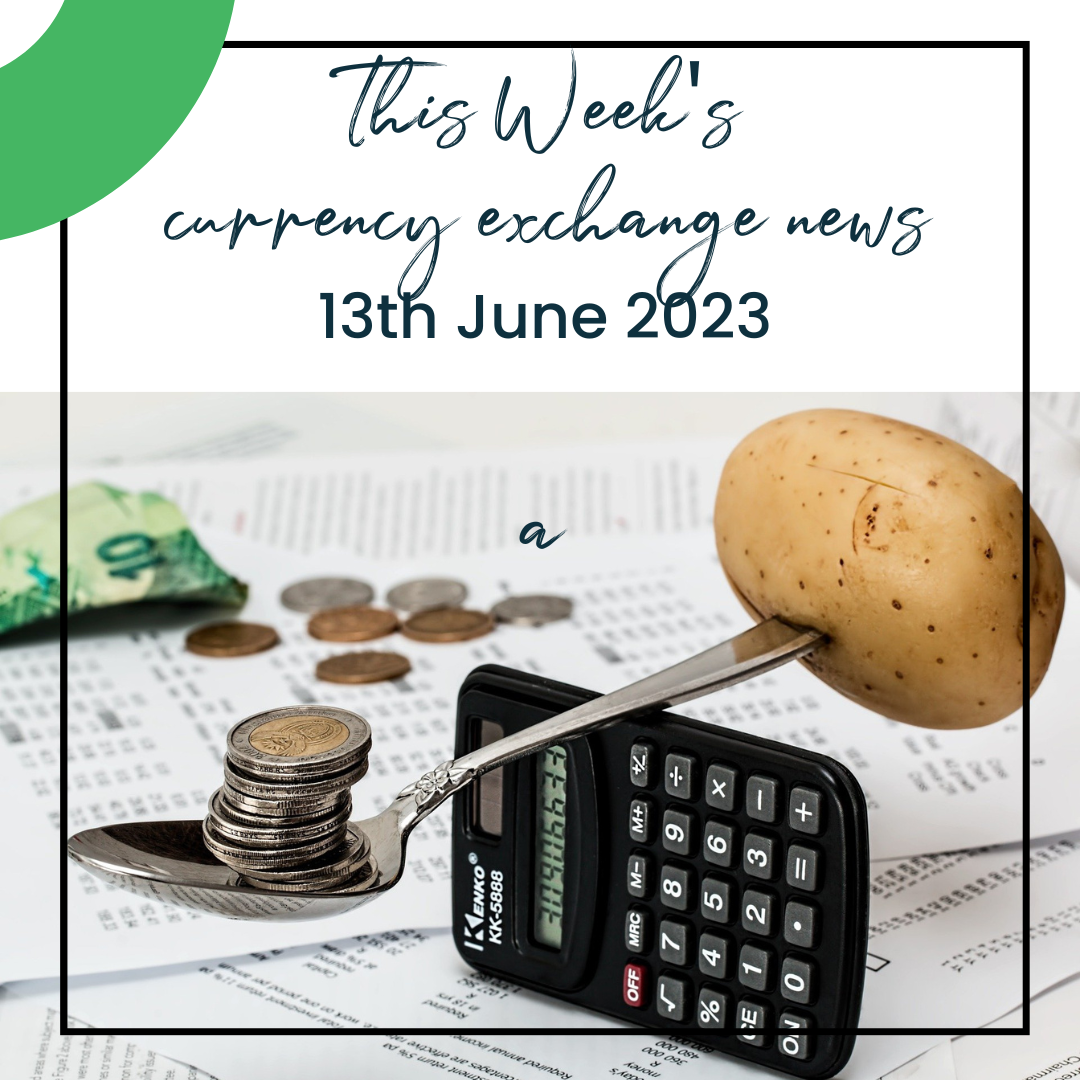GBP: Sterling edged higher against many counterparts in a buoyant market for risky assets last week but rallied notably against an underperforming single currency in the latter half. The move follows Eurostat revisions to earlier announced figures suggesting that Europe’s economy slipped into a technical recession in the first quarter. In fact, the Pound to Euro exchange rate came close to one-year highs last week. However, Sterling could now find itself stalling or even falling if the European Central Bank decision helps the single currency find its feet again on Thursday, or if UK economic data leads the market to lose interest in the British Pound. Looking forward, market participants will keep a close eye on the pace of wage growth in April and the strength of any rebound in the economy from a March contraction stemming from industrial action and moderation on the consumer side.
For the latest currency exchange rates when buying a house in Spain , just click here
EUR: The European Central Bank is expected to lift its interest rates by 25-basis points once more when the officials meet on Thursday. However, doubts remain over how much higher the ECB will go with hikes, given euro area inflation fell faster than expected in May and data last week showed that the bloc’s economy fell into recession in the first three months of the year. Nevertheless, ECB President Christine Lagarde said last Monday it was too early to call a peak in core inflation and reaffirmed rates would need to be increased again. Looking back, the ECB slowed the pace of its rate hikes to 25-basis points at its May meeting after a series of 75 and 50-basis point moves. Ultimately, meeting a day after the Fed decision, the European Central Bank is likely to diverge from its U.S. peer with markets primed for another quarter point rate hike, with a similar size increase expected to follow in July.
USD: The U.S. Dollar traded largely unchanged this morning in the early European session, near multi-week lows as market participants seem reluctant to take new positions at the start of a week that includes a policy-setting meeting by the Federal Reserve. In fact, the Dollar Index, was flat at 103.15, having dropped nearly 0.5% last week, its worst weekly fall since mid-April. The dollar retreated last week after data showed that the number of Americans filing new claims for unemployment benefits surged to the highest level in more than 1 ½ years, pointing to the Federal Reserve pausing its year-long rate hiking cycle when officials conclude their two-day meeting on Wednesday. However, traders seem reluctant to push the dollar even weaker at the start of the new week as tomorrow’s U.S. consumer prices could alter sentiment if inflation continues to remain elevated.
To read more articles like this just click here
To see helpful advice videos about buying a house in Spain, just click here




